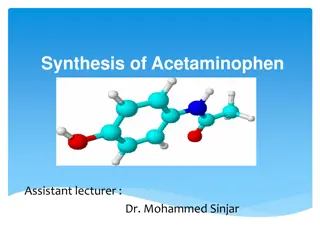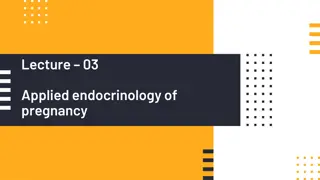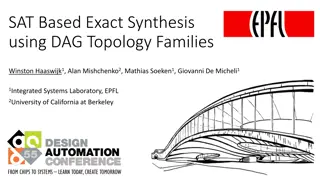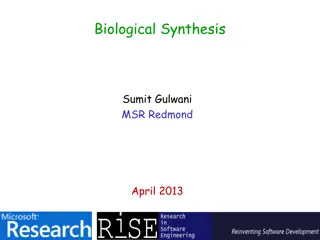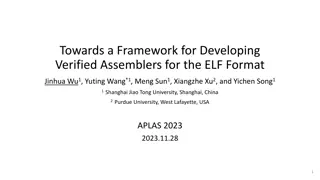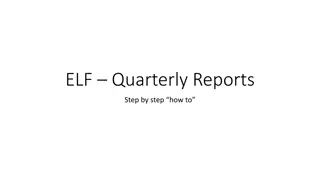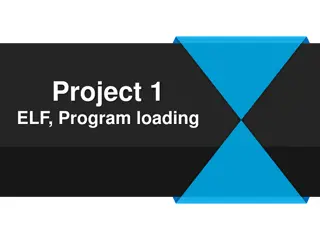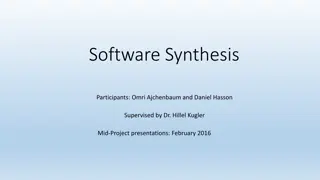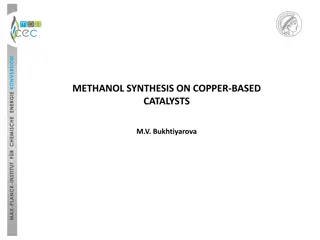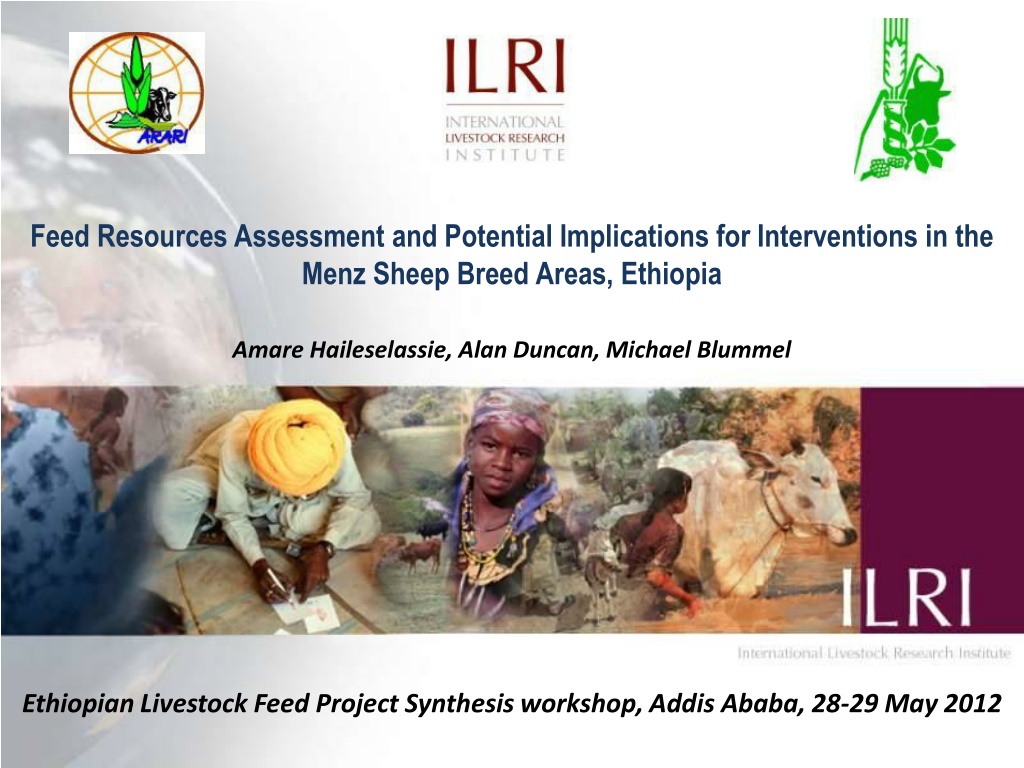
Feed Resources Assessment in Menz Sheep Breed Areas, Ethiopia
"Explore the feed resources assessment and potential interventions for Menz sheep breed areas in Ethiopia. Understand the challenges faced by smallholder farmers and the implications for livestock productivity. Discover the farming system and livelihood zone approaches implemented to address feed management issues."
Download Presentation

Please find below an Image/Link to download the presentation.
The content on the website is provided AS IS for your information and personal use only. It may not be sold, licensed, or shared on other websites without obtaining consent from the author. Download presentation by click this link. If you encounter any issues during the download, it is possible that the publisher has removed the file from their server.
E N D
Presentation Transcript
Feed Resources Assessment and Potential Implications for Interventions in the Menz Sheep Breed Areas, Ethiopia Amare Haileselassie, Alan Duncan, Michael Blummel Ethiopian Livestock Feed Project Synthesis workshop, Addis Ababa, 28-29 May 2012
Problem setting Distributed Highlands>2500masl:a narrow belt running from North to South in the Eastern parts of the Amhara Regional State in Central The Menz sheep breed has a greater prominence for its meat flavor Smallholder keeping this breed as an important component of their livelihood activities farmers are
Problemsetting cont. Menz sheep constitute as high as 24% of the livestock herd composition & 22-63% of the net cash income derived from livestock production. However, low productivity associated with poor feed quality and low feed availability are major limiting factor for intensification Objectives this component ELF Diagnose the meso-scale feed demand, availability and management; To synthesize potential implications for feed based interventions.
Approaches Farming system/Livelihood zone approach Features of the two sample districts representing two major livelihood zones (BLS and CLL,) Livelihood zones Key features Barley Legume Sheep (BLS, at Gera-Midir, ) 1669-3563 896 6.8- 17 Barley , wheat, pulses 67 0.8 85 4 11 3 Cereals-Legumes-Livestock ( CLL, at Basona Worena) 1661-3293 819 8-20 Barley, Wheat, other cereals, pulses 92 1.2 147 6 3.8 0.6 Altitude (MASL) Rainfall (mean annual in mm) Temperature ( mean Max-Min (0C) Cropping pattern Population density (person km-2) Arable land (ha household-1) TLU per km-2 TLU farm-1 Sheep farm-1 Sheep to cattle ratio
Approaches cont.. Feed ME supply was estimated using land use/ land cover data from different literature Crop residue was estimated from the 2011 yield using conversion factors and use factors DM from grazing land was estimated using multiple regression approaches that involves edaphic, climatic and landscape variables Recent ME values for common feed resources in Ethiopia was used to convert the DM to feed ME values Feed ME demand was estimated from the sum of the maintenance energy standing and walking, milk production, body weight gain and draft power
Feed supply Major land use/ land cover ( BLS and CLL systems) BLS CLL
Feed - ME supply from different land use /land cover Study systems Land use /land cover types BLS-ME (TJ yr-1) ME (GJ ha-1) CLL-ME (TJ yr-1) ME (GJ ha-1) Crop land-cereals Crop land -Pulses Crop land-others Stubble grazing Grazing land Others * Total 10.5 5.3 1.5 1.5 15 15.5 486 125 2 144 410 375 1543 26.2 15.0 1749 648 1.5 15.5 19.5 158 223 436 3214
ME share of the major feed ingredient (CR is for crop residues, SG is for stubble grazing, GR is grazing, HYC is conserved hay and HST is standing hay )
ME demand and stocking rate Systems Demand type All livestock in BLS 1,541 119 All livestock CLL 2,733 204 Sheep- BLS 542 Sheep-CLL Maintenances ( TJ yr-1) Activities (TJ Yr-1) Production and services (TJ Yr-1) Total-demand (TJ Yr-1) Supply (TJ Yr-1) Stocking rate/Carrying capacity Stocking rate/ Carrying capacity (MoA 2002) 277 13 30 900 2,649 1,504 1,114 4,051 3,302 606 1178 511 347 636 297 176% 171% 123% 142% - - - -
Maintenance has a major share of total energy demand Activities are walking and feed intake; production are milk, weight gain and services
Seasonal variability of feed quality is one of the major problem
Key messages The present livestock feed ingredients in the study systems, primarily, constitute green fodder from grazing, dry fodder from CR, standing hay and conserved hay. Supplementation is limited mainly from residues of crop and local brewery. Farmers are selectively supplementing large ruminants and thus sheep in both systems suffers from nutritional deficiencies (e.g. CP) and thus this may account for the current low levels of weight gain under farm condition. The feed ME demand is dominated by the maintenance requirement followed by activities. ME for production is insignificant particularly when the contribution of service is deducted. This, suggests the need to convert maintenance feed ME investment to production through proper supplementation.
Key messages The available feed is hardly sufficient for maintenance. Farmers selective feeding and targeting of market at better feed time are major coping strategies. But as selective feedings hardly include sheep, particularly in CLL system, the weight gain potential and festive season market opportunities for sheep are not well exploited. The gap between farmers practice and potential weight gain of sheep under station condition (>60%) justifies the need for intervention. Projected demand side is also very promising. Simultaneous interventions addressing these shortfalls are important to exploit these potential. For such attempts to be realistic a unique role, context and optimum combination of different feed ingredient must be recognized and linked to input costs and output benefit.




